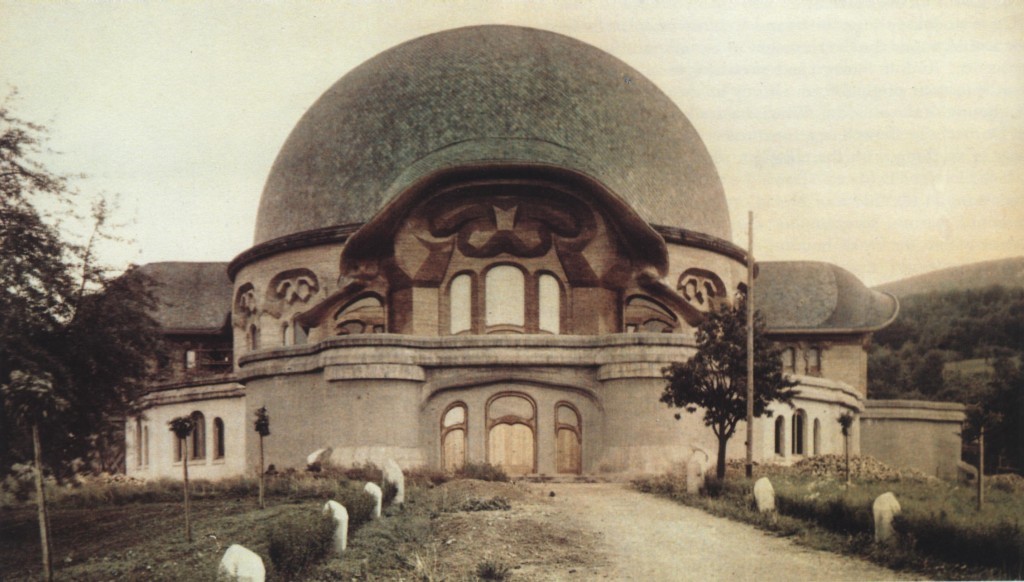
In the year 1913, Dr. Rudolf Steiner was offered a building site on a small hill at Dornach, near Basle city, in Switzerland. Steiner accepted the offer and established the future centre of the Anthroposophical movement in neutral Switzerland. Steiner then designed the building, which consisted of two intersecting domes, and called it the GOETHEANUM, as a tribute to the eighteenth century German philosopher and writer Johann Wolfgang von Goethe. The building was an architectural marvel, carved in wood, with paintings, sculptures, pillars and coloured glass windows. In the huge auditorium Steiner’s Mystery plays and Eurythmy were performed. Members of the Anthroposophical movement held their conferences there.

Late on New Year’s eve 1922, the Goetheanum was on fire and within hours this magnificent building was completely destroyed. Steiner however did not allow this tragedy to deter him from his work. He carried on with his activities and started making plans for the second Goetheanum, which was to be constructed in cement concrete, steel and glass. This building stands today in the same place as the first Goetheanum and contains an enormous auditorium with one of the largest stages in Europe, a smaller auditorium, as well as offices and conference rooms. Each year thousands of people from all over the world visit the Goetheanum to participate in courses and conferences, to enjoy the spectacular performances of drama, music and Eurythmy, or to simply marvel at the unique building.
